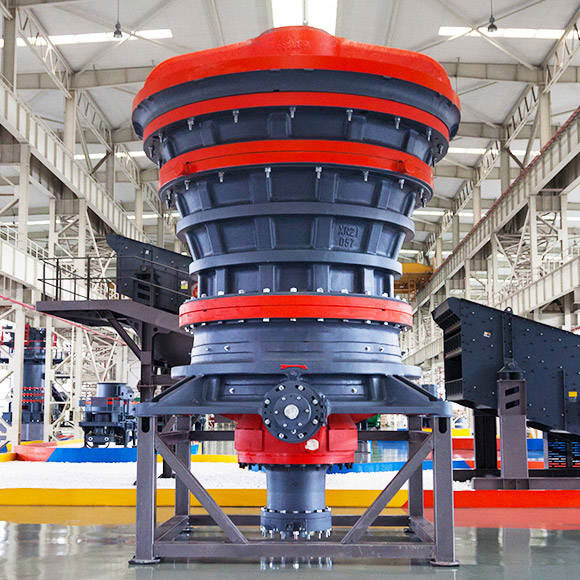Crushers play a crucial role in the mining and construction industries by breaking down large rocks into smaller, more manageable pieces. Two commonly used crushing machines in these industries are the jaw crusher and the gyratory crusher. While both serve the same primary purpose, they have distinct differences in terms of design, operating principles, and applications. In this comparison, we will explore these differences in detail to help you understand which crusher may be more suitable for your specific needs.

1. Design and Structure:
Jaw Crusher:
- The jaw crusher is a simple and rugged machine consisting of a fixed jaw and a movable jaw.
- The fixed jaw is stationary and acts as the outer frame, while the movable jaw exerts force on the material, crushing it against the fixed jaw.
- Jaw crushers have a relatively straightforward design, making them easy to manufacture and maintain.
Gyratory Crusher:
- The gyratory crusher has a more complex structure, consisting of a conical-shaped head and a concave surface.
- The material is fed into the crusher through the top and falls between the head and concave, where it gets crushed.
- Gyratory crushers are typically larger and more massive than jaw crushers, requiring more space and material for their construction.
2. Crushing Mechanism:
Jaw Crusher:
- Jaw crushers use a compressive force to crush the material. The movable jaw applies pressure on the rock, causing it to break by compression.
- This crushing mechanism is ideal for handling hard and abrasive materials.
Gyratory Crusher:
- Gyratory crushers use a combination of compression and impact forces to break the material. The crushing action is achieved by the gyrating motion of the head.
- This mechanism is better suited for softer and less abrasive materials.
3. Capacity and Throughput:
Jaw Crusher:
- Jaw crushers are typically designed for smaller feed sizes, making them suitable for medium to hard materials.
- They are well-suited for applications with lower capacity requirements but can be inefficient for high-capacity operations.
Gyratory Crusher:
- Gyratory crushers are designed for larger feed sizes and higher capacity applications.
- They excel in handling large quantities of material and are often used in primary crushing stages in mining operations.
4. Maintenance and Operating Costs:
Jaw Crusher:
- Jaw crushers have simpler designs and are easier to maintain.
- They generally have lower operating costs and are more cost-effective for smaller operations.
Gyratory Crusher:
- Gyratory crushers are more complex and require more maintenance.
- They can be costlier to operate and maintain, especially in terms of power consumption.
5. Applications:
Jaw Crusher:
- Jaw crushers are versatile and commonly used in various industries, including mining, quarrying, and construction.
- They are suitable for primary and secondary crushing of a wide range of materials.
Gyratory Crusher:
- Gyratory crushers are primarily used in the mining industry for primary crushing.
- They are less commonly used in other industries due to their size and complexity.
The choice between a jaw crusher and a gyratory crusher depends on several factors, including the type of material you need to crush, the required capacity, and your operating and maintenance budget. Jaw crushers are more versatile and cost-effective for smaller operations, while gyratory crushers excel in high-capacity mining applications. Understanding the differences between these two types of crushers is essential for making an informed decision for your specific crushing needs.
